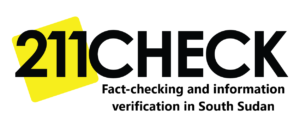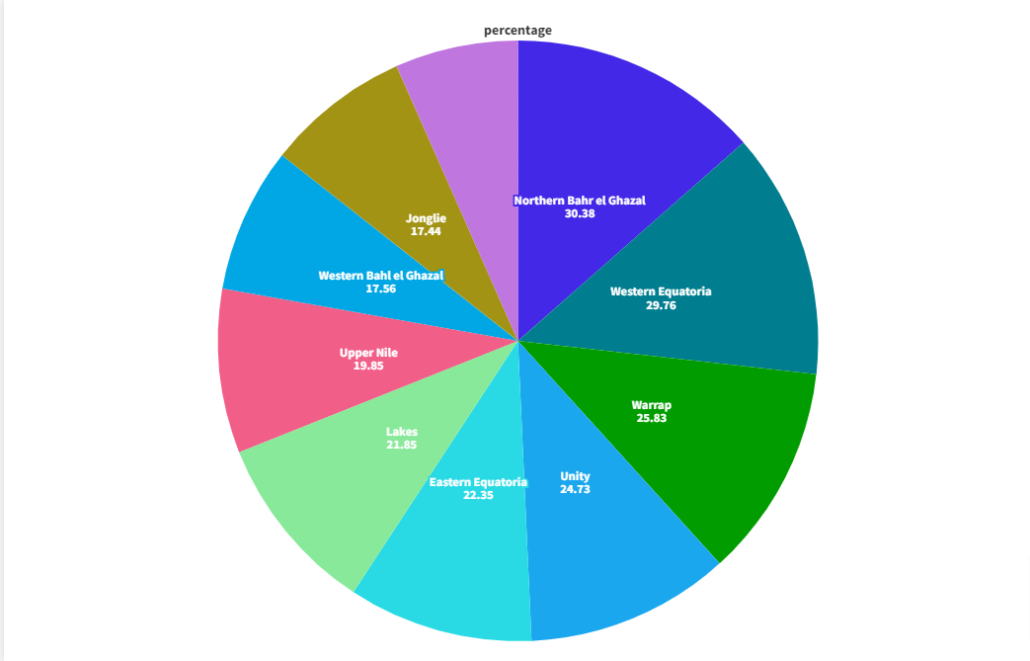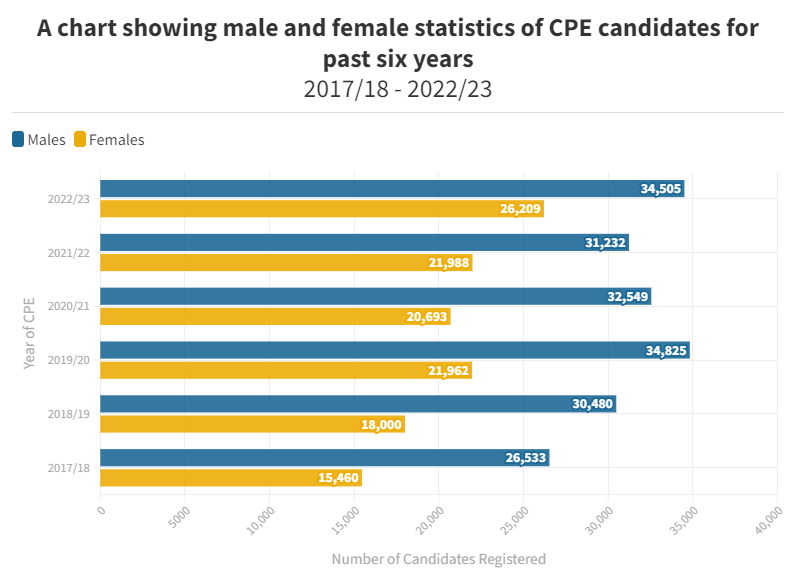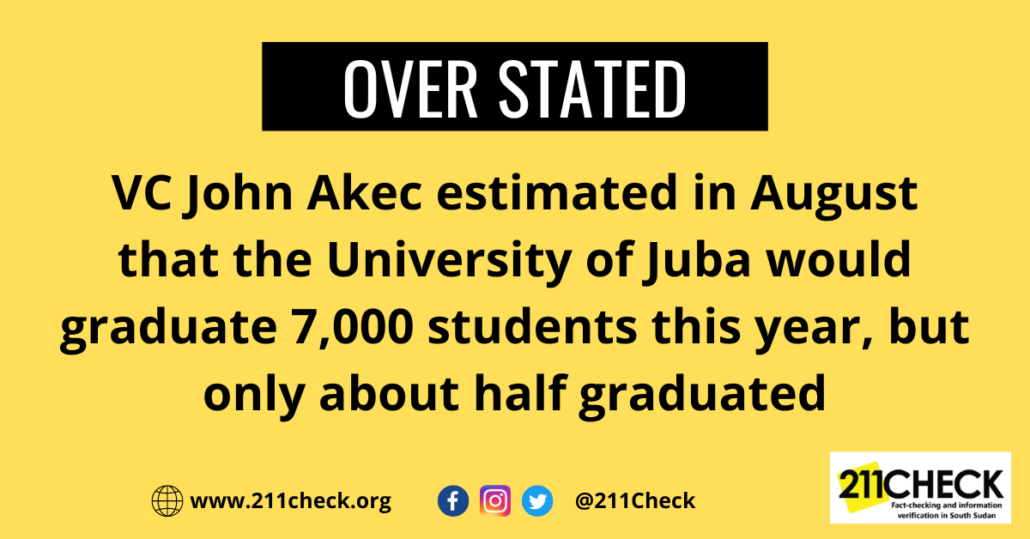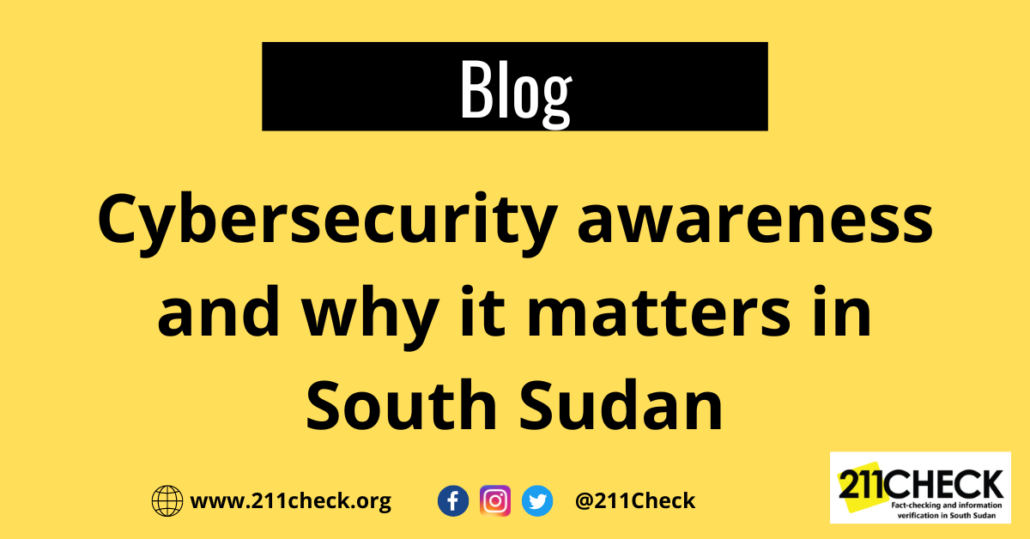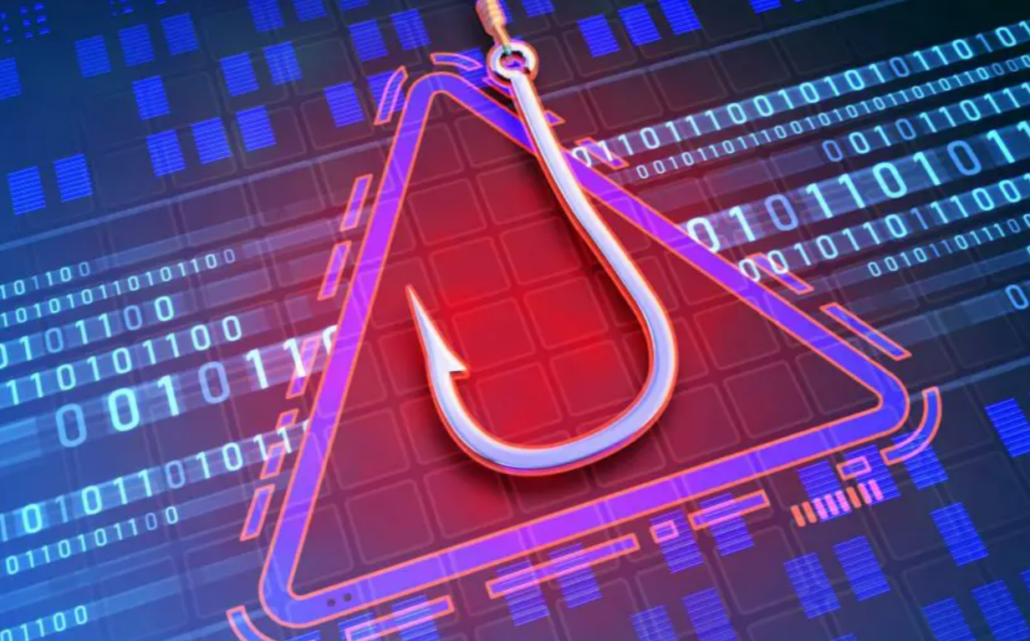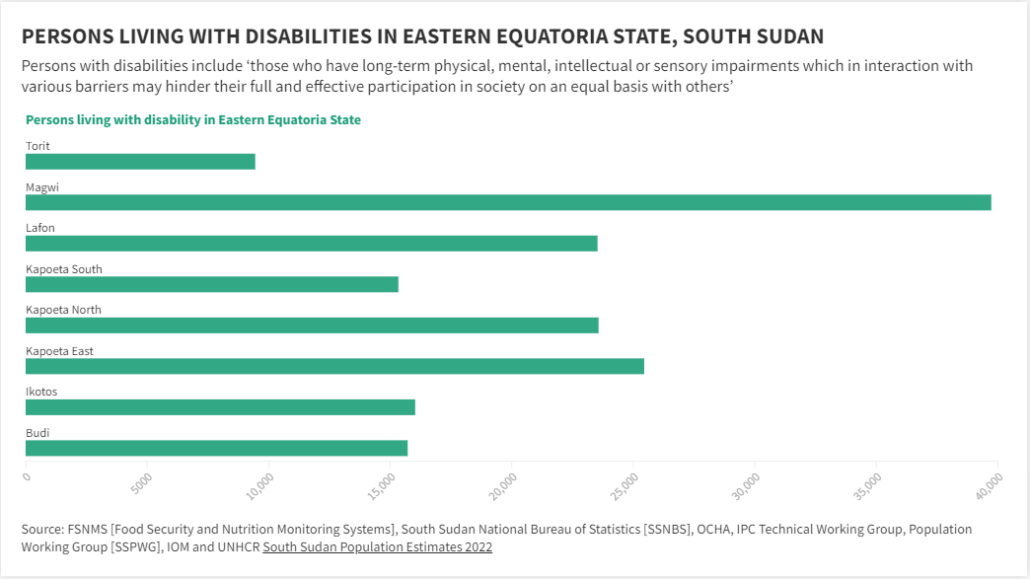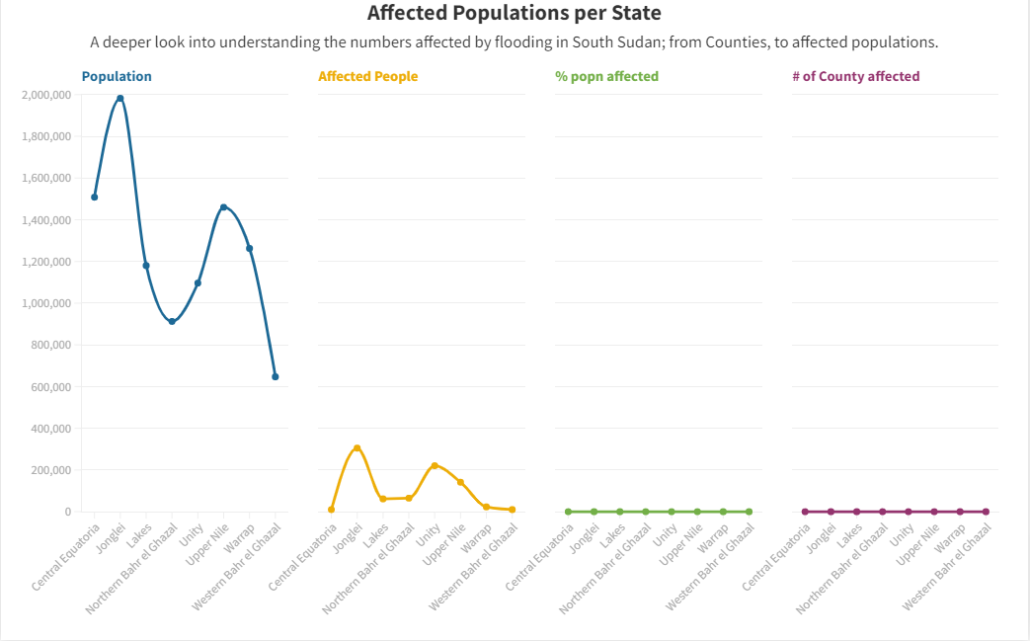Data Story: Covid-19 vaccine, the fear of the unknown
Apparently, as of February 2023, only 21.82 % of the South Sudanese population and 48.50 % of the target population are fully vaccinated, a figure way below the WHO recommended 60%.
Writer: Jibi Moses
Covid-19 (SARS-COV-2) was first reported in China’s Wuhan City in late 2019 and later led to reported cumulative cases of up to 988,737,697 Later on spread throughout the globe like wildfire and by 30th January 2020, World Health Organisation (WHO) had to declare it as a Public health emergency of international concern. Subsequently, on 11th March 2020, it was characterised as a pandemic outbreak. It has caused a lot of fatalities in different parts of the world, especially in the United States of America, with a cumulative figure of 101,496,168 total reported cases. And Europe with 272,423,077, where France, Germany, England and Italy were among the most affected. Africa recorded 895189 cases and South Sudan with 18,360 as of 15th February 2023 after the first reported case on 5th of April 2020.
The principal mode by which people are infected with SARS-CoV-2 is through exposure to respiratory fluids carrying the infectious virus. Exposure occurs in three principal ways: inhalation of very fine respiratory droplets and aerosol particles; deposition of respiratory droplets and particles on exposed mucous membranes in the mouth, nose, or eye by direct splashes and sprays; and touching mucous membranes with hands that have been soiled either directly by virus-containing respiratory fluids or indirectly by touching surfaces with the fluids.
The virus keeps mutating, changing itself, and creating panic in the world. In other parts of the world, it looks down with reduced or no reported new cases on most days. In China, however, although most of its population is vaccinated, the cases continue to be reported daily.
The totally strange pandemic caused panic and fear as new cases were being reported, and the number of fatalities kept on growing every other day. The panic and anxiety was fuelled by the absence of correct information on the ground. The existence of the Internet and mainly social media made it easy for the spread of false information. Misinformation, disinformation and rumors about the pandemic were spread too. A Lot of predictions were made, especially about Africa. Luckily enough, some didn’t come to fulfillment.
With all these scientists and pharmaceutical companies across the globe did their best in research and tried to come up with varieties of vaccines to curb the epidemic. And among these are AstraZeneca, Pfizer-BionTech and Johnson and Johnson. Much as these vaccines were easily accepted in some parts of the world and had an impact, they were received with resistance especially in Africa and mainly in areas where cases of fatalities were not much, and South Sudan is not an exception.
The vaccine faced resistance from the public and the anti vaccinators spreading misinformation and rumors such as; covid-19 vaccines were intended to wipe out the African race, and myths that vaccines make one infertile. Also, some said covid-19 generally made to clear out the old generation and since many people didn’t die in Africa. Some now didn’t see any reason to get vaccinated as the danger of the pandemic is no longer scary.
Since the vaccine was first introduced in April 2021. The Ministry of Health Statistics shows South Sudan’s vaccinated population is 21.89% of the total population of 13,676,376 in February 2023. According to the WHO standard, this figure is too low to achieve public health safety; at least 60-70 % of the population should be vaccinated. The figure put South Sudan at the bottom with the least percentage of vaccine uptake in the region, besides the availability of the vaccine in the country and in most Health facilities. This, therefore, poses a question, why are South Sudanese hesitant to take up the vaccine
| Total population | Target population | Total persons fully vaccinated | Percentage of all ages population fully vaccinated | Percentage of target population(18 years and above) fully vaccinated. |
| 13,676,376 | 6,154,416 | 2,984,731 | 21.82% | 48.50% |
Fig.2. Table showing the details of the Total,Target Population and People fully vaccinated in Percentages
More details from the Ministry of Health further shows that
Mr. Mawa Bosco, the Founder and Executive Director of Ristal Institute in Juba, thinks South Sudanese are hesitant to take up the vaccine because they don’t see the need. He further says that unlike neighboring countries, we didn’t record many cases admitted at Intensive Care Unit(ICU). If I say we survived covid-19 because of intervention, that would be wrong.
We just survived by God’s Grace. He said this in an interview at his office in Gurei.
So some people didn’t take the corona virus seriously from that point. Mapour, a journalist in Juba, says that religion also played a big role in tuning people’s minds to whether or not to take the vaccine. He gave an example of Jonglei state, a state with many people believing in different religious denominations but less vaccine uptake.
The vaccine uptake has faced resistance because of rumors, myths and beliefs. But coming to understand, several people in the population do not know what vaccines are and how they work!
| State | Population | Total persons fully vaccinated | %age of all ages. Population fully vaccinated | Target Population | %of Target population (18+) fully vaccinated |
| Northern Bahr El Ghazal | 1,173,396 | 358,873 | 30.58% | 528,024 | 67.97% |
| Western Equatoria | 892,584 | 265,655 | 29.76% | 401,676 | 66.14% |
| Warrap | 1,585,428 | 409,521 | 25.83% | 713,448 | 57.40% |
| Unity | 1,032,756 | 255,406 | 24.73% | 464,736 | 54.96% |
| Eastern Equatoria | 1,649,100 | 368,649 | 22.35% | 742,104 | 49.68% |
| Lakes | 1,246,788 | 272,409 | 21.85% | 561,072 | 48.55% |
| Upper Nile | 1,609,260 | 319,412 | 19.85% | 724,176 | 44.11% |
| Western Bahr El Ghazal | 544,956 | 95,709 | 17.56% | 245,232 | 39.03% |
| Jondlie | 2,118,140 | 369,424 | 17.44% | 953,170 | 38.76% |
| Central Equatoria | 1,811,004 | 269,673 | 14.89% | 814,944 | 33.09% |
| Total | 13,676,376 | 2,984,731 | 21.82% | 6,154,416 | 48.50% |
Source : Ministry Of Health, South Sudan Government
What are vaccines and their importance ?
Meanwhile some people who reject the vaccine and discourage others may not know what vaccines are and how they work.
Vaccine is an antigenic preparation (Antigen) when introduced into an organism, induces the production of antibodies capable of fighting off infection of that organism by a given microorganism. The World Health Organization explains in detail how vaccines work in this explainer.
They further go ahead to explain the importance of vaccinating the population. Vaccination protects the community, even those who cannot take the vaccine. Some people have lying conditions that could not enable them to take the vaccine. However, if most people are vaccinated, they will be protected too.
Dr Alfred Driwale of Makerere University says that when an individual is vaccinated, that is personal health, but to achieve Public health, the majority of the population should be vaccinated.
Dr Alfred Driwale further explains that complacency, lack of confidence, and convenience are the main contributing factors to vaccine hesitancy. He says that when there is a low perceived risk of vaccine-preventable diseases, vaccination is not seen as necessary. Sometimes when other life/ health issues are a greater priority, vaccination is put on hold, furthermore, when the population has low trust and confidence in the vaccines, delivery systems and the health systems. Finally barriers related to geographic accessibility, availability, affordability and acceptability of the services. All these factors lead to low turn up.
Is there any hope?
On the 28th. January 2023, the government of South Sudan launched the second phase of the campaign. Through the Ministry of Health and partners: World Bank, Unicef and World Health Organisation, they aim to vaccinate 2.4 million South Sudanese of 18 and above years.
“We started by targeting the vulnerable groups of people like the health workers,and established 735 facilities and 251 mobile units, we also trained and deployed health personnels in 26 idps and 22 refugee centers. However, consumption remained low as only 221236 eligible people were fully vaccinated. This translates to 16.4 % as per December 2022. Our target is to vaccinate 2,421,771 eligible persons of 18 years and above. Said Rev. Janet Micheal: Director General, Primary Health Care, Ministry of Health.
During the same function, the Head of World Bank Group South Sudan, Dr. Firas Raad, said the country received 2.4 million doses of Johnson and Johnson vaccines in November 2022. Therefore, he called the public to come out willing to take the vaccine.
H.E Hussein AbdelBagi Akol, the Vice president for Service cluster, decried the low coverage of the vaccine uptake, and he attributed this to limited information, especially in the village areas, high poverty levels and competing priorities, weak health system and continuous myths. He also observed that there’s open rejection of the vaccine by religious leaders.
However, he promised to tighten the procedures and make sure the vaccine is accessible to everyone, in addition to making conditions hard for those who are not vaccinated. said there’s no need for a Polymerase Chain Reaction (PCR) test when traveling as long as one is fully vaccinated. However, it will be demanded if not vaccinated: ‘ we shall continue to charge you for these tests until we are all vaccinated. The Minister of Health, Yolanda Awel Deng, warned the public about counterfeit drugs. People should go to public facilities to get the vaccine.
Much as the uptake was too low, continuous intervention by the government and implementing partners have tried to improve the situation. David Manyang, the Voice of Reconciliation Radio Station Manager in Bor, said there was a lot of Misinformation and beliefs, especially religious. He said covid19 in the state was associated with the devil, and the fact that the Ministry of Health’s hotline is 6666 made people easily misled. However, with continued awareness on Radio and offline, the people realized it was not true.
Jibi Moses Korsuk wrote this article under the sponsorship of the Aga Khan University Graduate School of Media and Communication after successfully completing the fellowship for Excellence in Journalism.
